"Forty-one For Freedom" was the name of the US Navy project that commissioned and deployed 41 ballistic missile submarines during the cold war. These nuclear submarines were designed to deliver the first generation of submarine-launched Polaris missiles to enemy targets in the event of a nuclear war. The Forty-One For Freedom program ran from the deployment of the USS George Washington in 1960 until the deployment of the USS Will Rogers, the last of the Forty-one For Freedom in 1967.
For several years I've been researching this boat to build a display model. Why this boat? Well, my name is William Rogers and I live in San Ramon, CA. I graduated in 1966 from the US Merchant Marine Academy where my knick name was "Will" Rogers. I worked a few years at sea as a marine engineer and then in a shipyard but after visiting the USS Redfin in Baltimore many years ago, I was hooked on subs. Since then I’ve built several RC and display models but my goal has long been to model the "Willy R" as she was known to many. The plan is to build in 1:120 scale and represent as accurately as possible the detail I've researched. This will include such things as main ballast tank flood holes, main and aux seawater suctions and discharges, secondary propulsion motor and a host of other goodies.
Since I don't have a lathe, I decided to use pink foam as the hull reinforced by 1/4" all thread stock as the centerline axis. I'm using a drill press, bandsaw, sander, dremel, and several other hand tools. So, here we go.
The first picture is my dust collector box set up at the drill press and connected to my shop vac.

Three rough circles of foam were glued together and mounted on the mandel for "turning" on the drill press using various grades of sandpaper glued to tongue depressors as the cutting tool.
This was the first attempt at shaping the bow. Note that I used a wooden dowel instead on the mandrel. After a few failed attempts to shape the bow in foam I switched to balsa for the final. The pink foam didn't hold up that well at the bow.
For smoothing the hull I cut a mailing tube in half, glued sandpaper to the inside and used it to sand the wallboard joint compound after it dried.
This is the hull nearing completion of the first step. Later I fiberglassed over the hull to add strength.
[IMG]http://i345.photobucket.com/albums/p...nkFoamHull.jpg[/IMG]
Since I'm also posting my build on the Subcommittee website, bear with me as I bring this thread current. At that point I'll post my progress simultaneously on both sites.
"Will" Rogers
SSBN659
For several years I've been researching this boat to build a display model. Why this boat? Well, my name is William Rogers and I live in San Ramon, CA. I graduated in 1966 from the US Merchant Marine Academy where my knick name was "Will" Rogers. I worked a few years at sea as a marine engineer and then in a shipyard but after visiting the USS Redfin in Baltimore many years ago, I was hooked on subs. Since then I’ve built several RC and display models but my goal has long been to model the "Willy R" as she was known to many. The plan is to build in 1:120 scale and represent as accurately as possible the detail I've researched. This will include such things as main ballast tank flood holes, main and aux seawater suctions and discharges, secondary propulsion motor and a host of other goodies.
Since I don't have a lathe, I decided to use pink foam as the hull reinforced by 1/4" all thread stock as the centerline axis. I'm using a drill press, bandsaw, sander, dremel, and several other hand tools. So, here we go.
The first picture is my dust collector box set up at the drill press and connected to my shop vac.

Three rough circles of foam were glued together and mounted on the mandel for "turning" on the drill press using various grades of sandpaper glued to tongue depressors as the cutting tool.
This was the first attempt at shaping the bow. Note that I used a wooden dowel instead on the mandrel. After a few failed attempts to shape the bow in foam I switched to balsa for the final. The pink foam didn't hold up that well at the bow.
For smoothing the hull I cut a mailing tube in half, glued sandpaper to the inside and used it to sand the wallboard joint compound after it dried.
This is the hull nearing completion of the first step. Later I fiberglassed over the hull to add strength.
[IMG]http://i345.photobucket.com/albums/p...nkFoamHull.jpg[/IMG]
Since I'm also posting my build on the Subcommittee website, bear with me as I bring this thread current. At that point I'll post my progress simultaneously on both sites.
"Will" Rogers
SSBN659




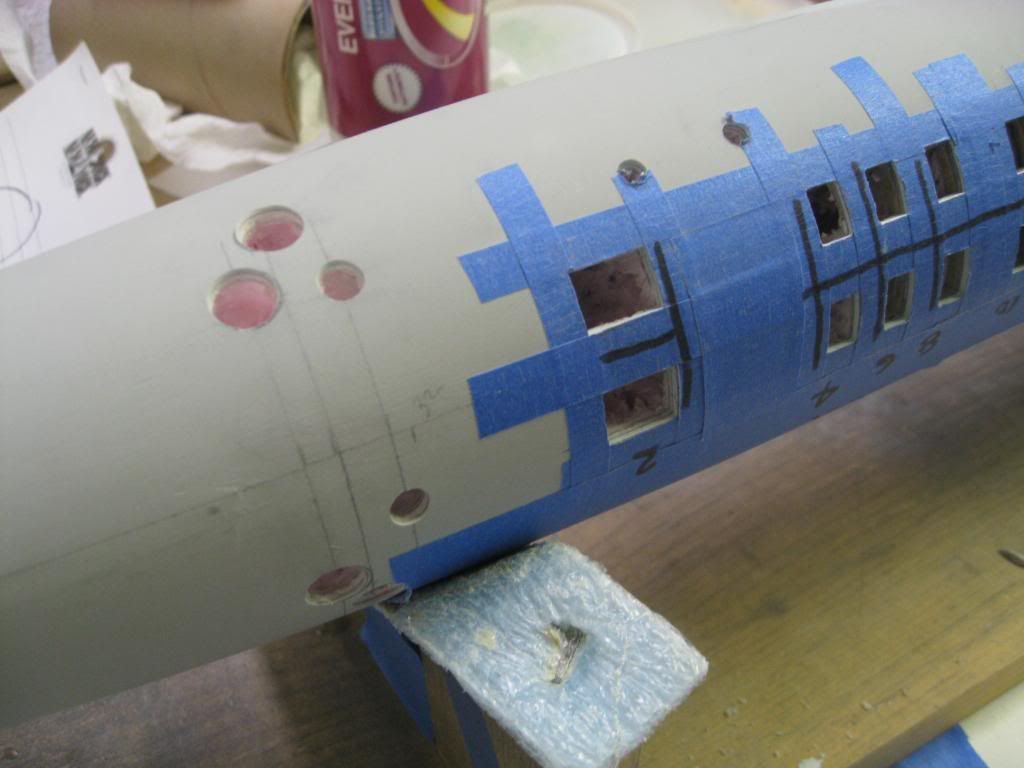





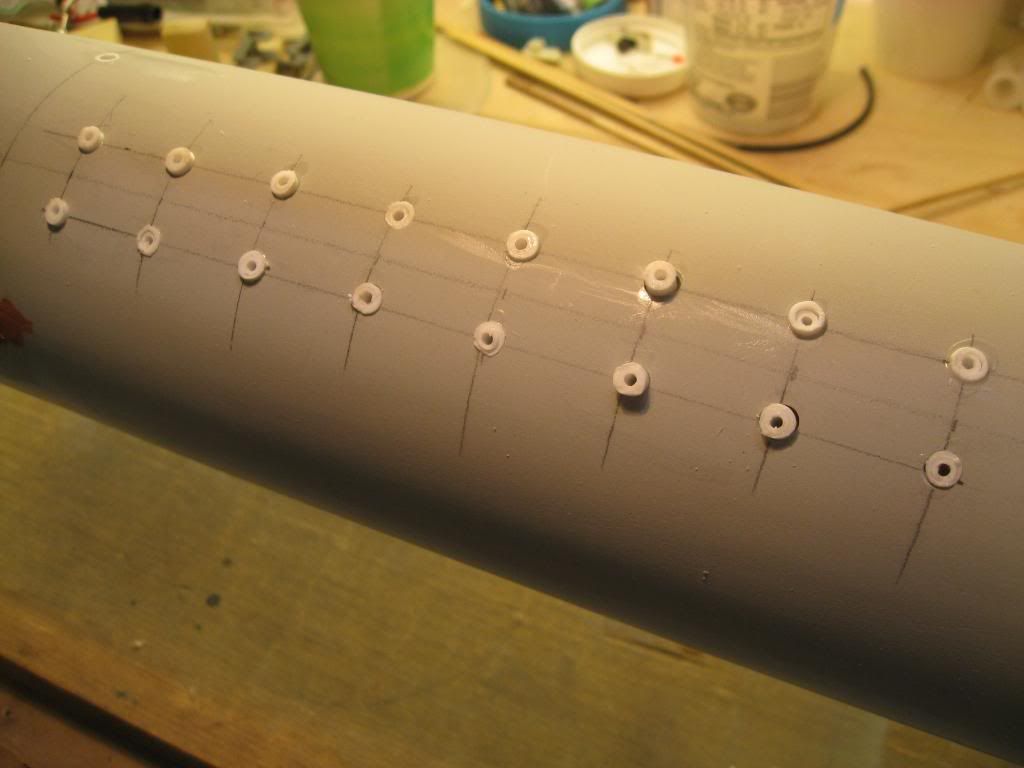
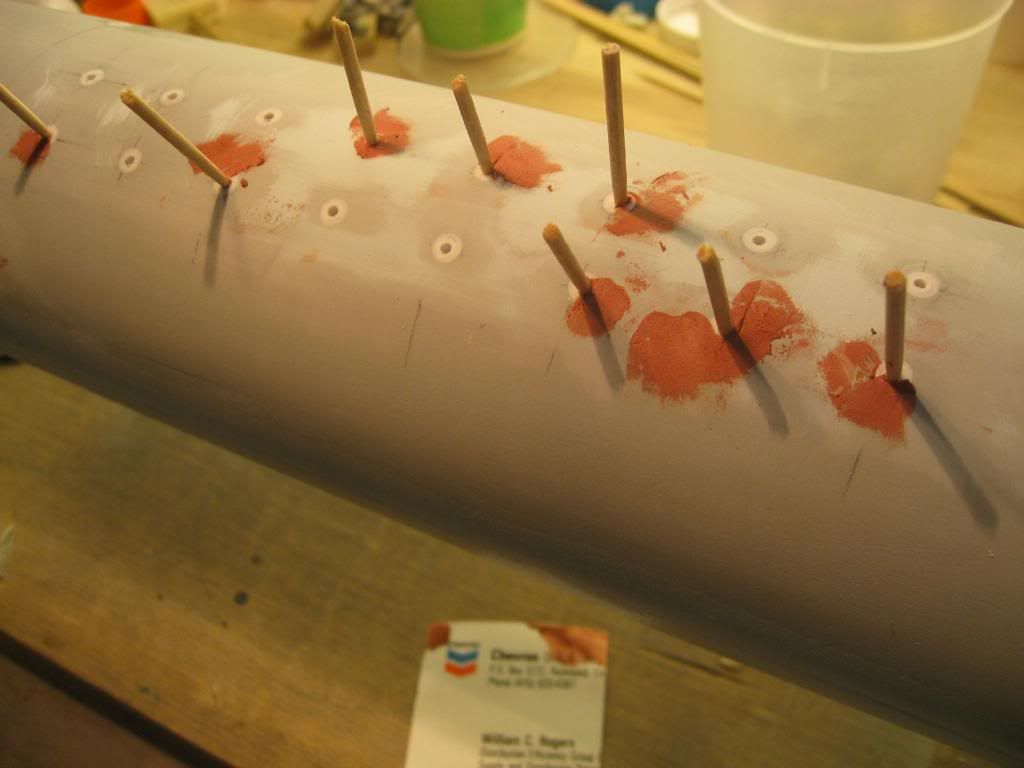


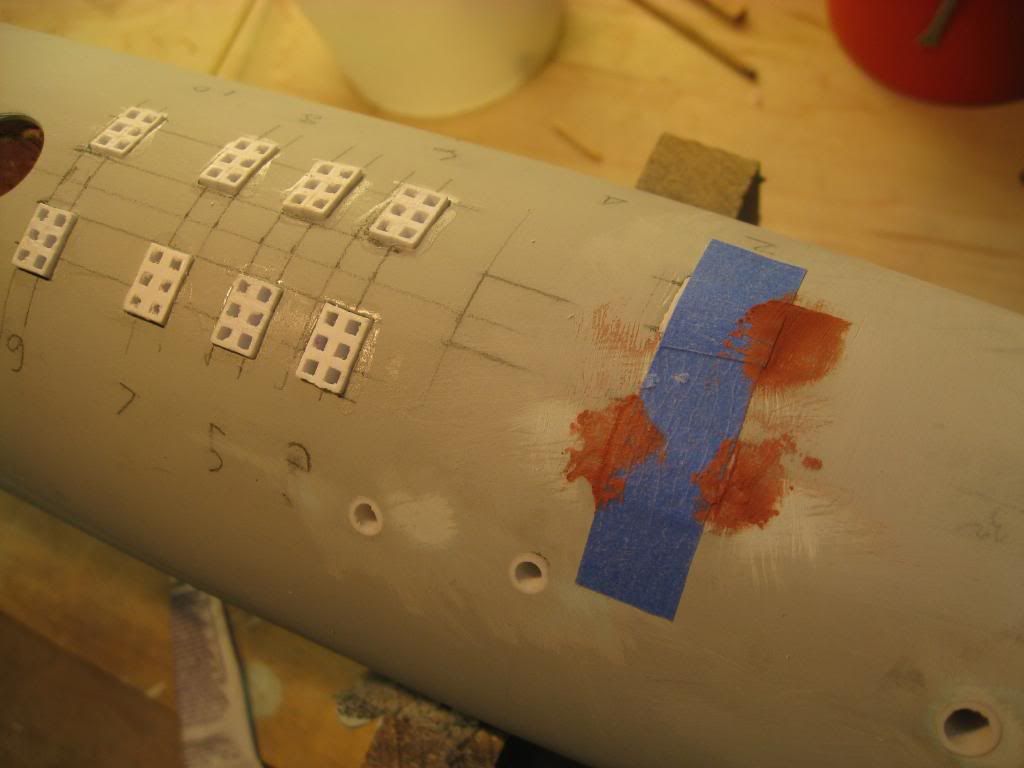




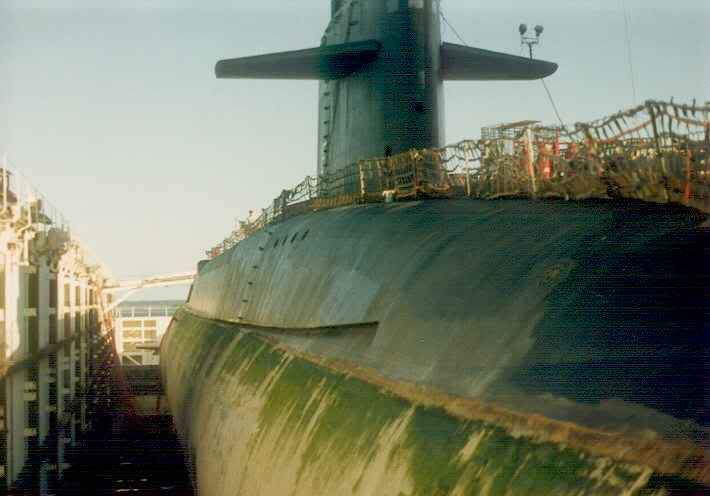

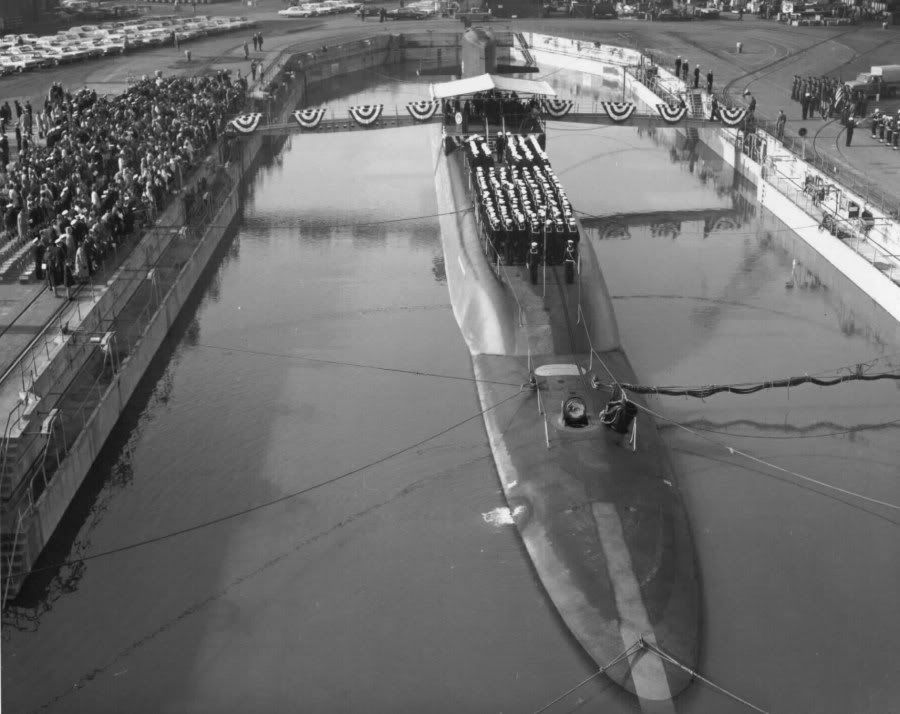

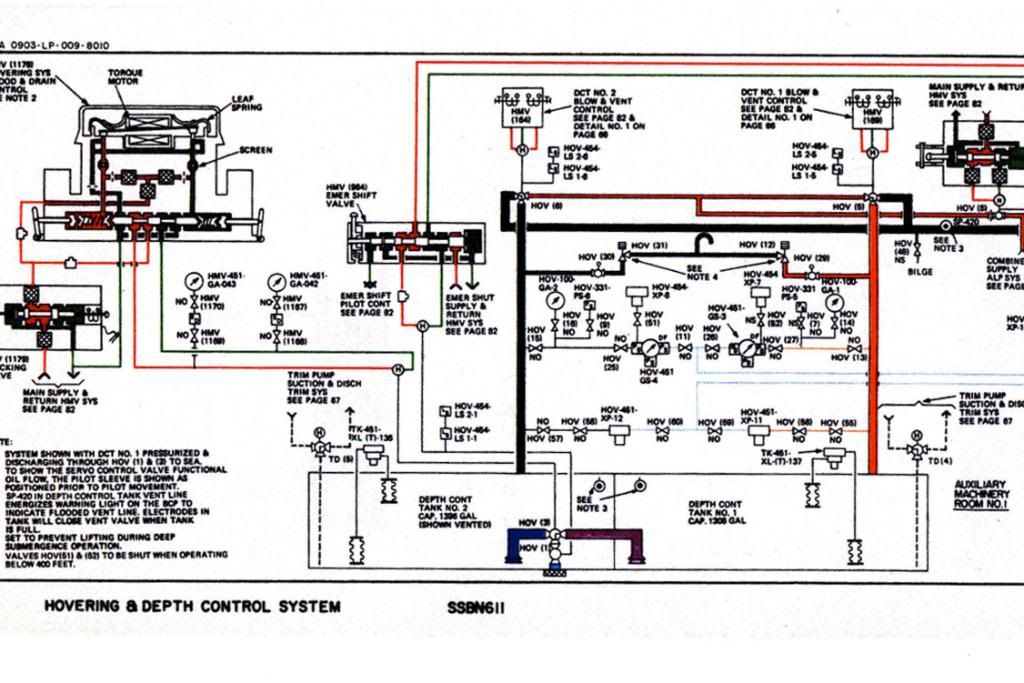
Comment